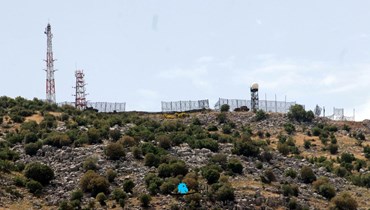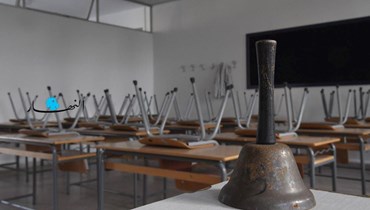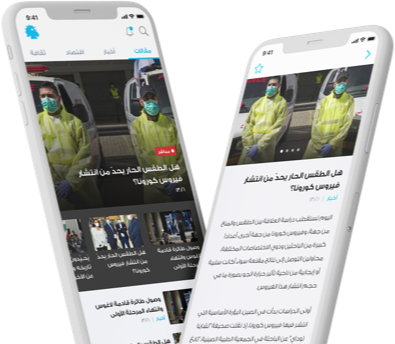Thrift Shopping in Beirut: Fashion and Beyond
BEIRUT: During the past decade, Beirut adopted the notion of thrifting or secondhand shopping as ample Beiruti thrift shops have seen the light.
Individuals, whether locals or expats, sprouting from all corners of life found harbor in thrifting as an alternative way of buying goods. These people who come from a diverse set of backgrounds and interests have resorted to this practice for a plethora of reasons that drastically impacted their consumption habits, resulting in a nouvelle collective lifestyle.
Amena Kassouf, an avid secondhand shopper, stated that she personally prefers thrift shopping because it yields a spectrum of advantages. She tackled the environmental aspect of the market besides expressing her infatuation with the uniqueness of each piece she stumbles upon.
“Not only is buying secondhand environmentally sustainable and helps avoid contributing money to large toxic corporations, but it also helps me find items that are unique. Thus, I wouldn’t restrict myself to fast fashion clothing that resemble replicas without an individual story," she said. "Thrifting encourages me to be creative with my style and incorporate statement pieces that I wouldn’t be able to find in today’s modern market. Also, vintage clothing tend to have a better quality of fabric and flattering cuts, which renders them more durable."
When narrating about the uniqueness of thrifting, Razan Ali the owner of Frontyard Clothing, told Annahar about her journey. She stated that one’s dress is their canvas and raw means of self-expression. She found that a lot of customers discovered their sense of fashion and the individuality in the way they dress after they've adopted thrifting. She added that thrifted pieces are very rare and unique in themselves, therefore they provide customers with a wider variety to choose distinctive pieces that would perfectly complement them and their style.
Razan also accentuates the fact that thrifting is fundamentally beneficial for the environment.
"It is a form of recycling as it helps reduce waste and pollution. The thrifting industry saves tons of clothes from getting into landfills and provides the opportunity for them to be repurchased and reused,” she said. “Almost 60% of clothes produced worldwide are made of synthetic material that will take ages to decompose, so by buying secondhand you are contributing to less plastic waste. Moreover, producing more clothes consumes an outrageous number of water, emits greenhouse gases, and relies heavily on pesticides, so it's better to avoid it altogether in the first place.”
In addition to thrifted goods being an environmental savior and a milestone that adorns individual uniqueness in expression, it plays a pivotal economic role.
“Due to the current situation, Lebanon is in the middle of an economic crisis. Thrift shopping could be a practical solution on both the personal and national levels. The clothes at my shop are generally a lot cheaper and more ‘stylish’ than the equivalent in a regular store. For most of our clients, who are young people, this is of great help, especially since unemployment rates have skyrocketed,” Nawal Akl, the owner of Depotvente Beirut, noted for Annahar.
There also exists a predominantly cultural element to the notion of thrift shopping. The customer does not merely purchase a product that enhances a local business but they also get a chance to reunite their hampered bond with the Arabian culture. A significant example would be that of Nawal who makes sure to ardently preserve the culture by consistently stocking oriental items that are an aesthetic emblem of local features.
On another note, Omar Sfeir, the owner of Le Marchand De Rêves – ‘The Dream Seller’ – altered the idea of thrifting to fit the crux of his vision, whereby he added photo booths and parties to the concept.
The brand solely focuses on the uniqueness of individuality and embracing the child that lingers within everyone, amending frail bonds between the two. Thus, he collects a broad collection of non-gendered pieces that are frilled with a spectrum of blatant colors and unusual patters from different eras as well as ‘childish’ prints such as cartoons.
“What I saw around me was people fitting in patterns, entering boxes, and criticizing others for not mimicking them. I refuse these patterns and boxes, so I created an endless world with open windows in which inner children aren’t polluted by any means of brainwashing imposed on them,” Omar told Annahar.


 اشترِك في نشرتنا الإخبارية
اشترِك في نشرتنا الإخبارية











